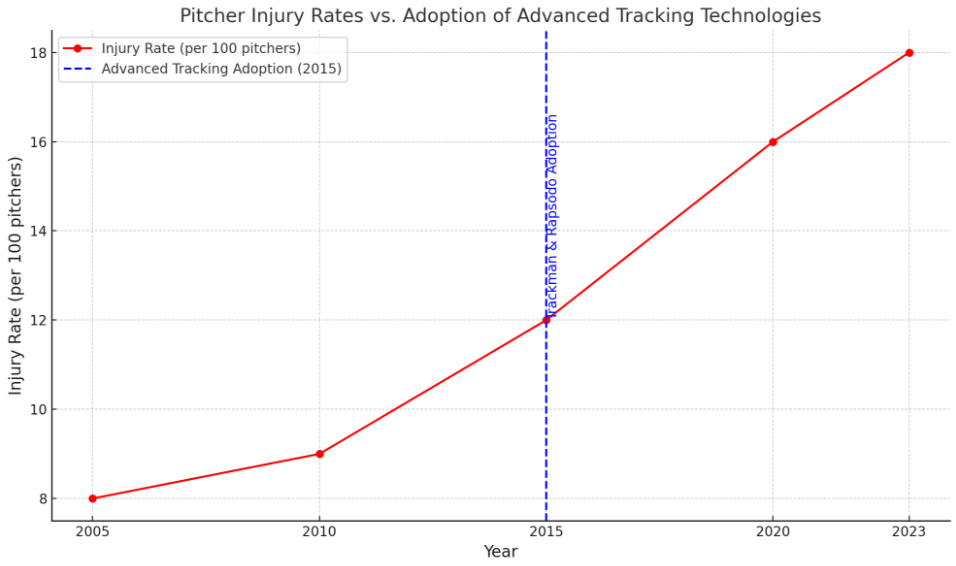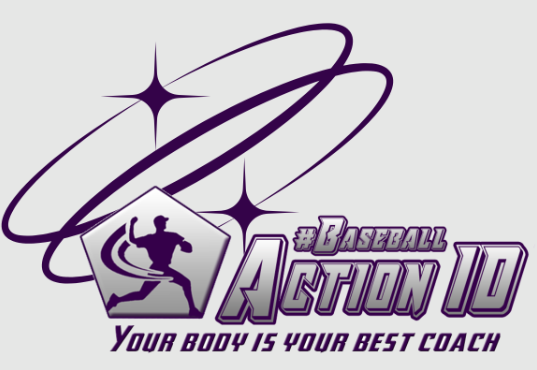2024 Pitching Injury Surge: The Unchangeable Truth About Motor Preferences
The 2024 MLB season has once again highlighted a troubling reality—pitcher injuries are reaching unprecedented levels, with countless careers disrupted and teams struggling to adapt.
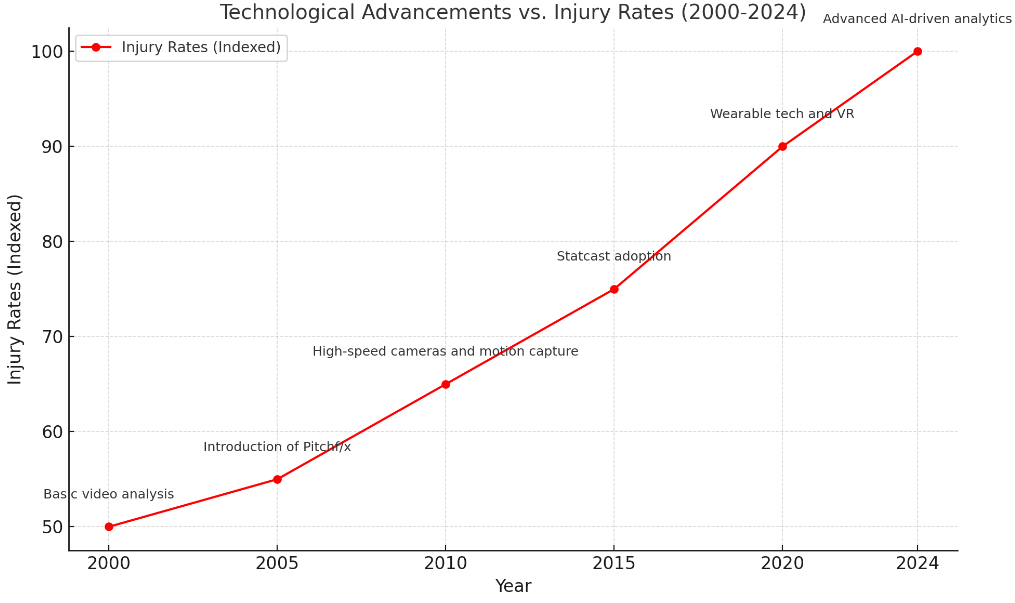
When analyzing 10 random pitchers that hit the injury list in 2024, a consistent pattern emerges: attempts to “fix” or “improve” pitching technique or pitch data often violate fundamental aspects of natural movement, leading to devastating consequences.
Pitchers Ignoring 2 ABSOLUTES by Steve JanssenThese injuries are not simply a matter of bad luck. They are a direct result of neglecting the “2 ABSOLUTES” of individual motor preferences that govern how a pitcher’s body naturally functions:
- Body Structure Organization – Whether a pitcher is a vertical or horizontal-oriented athlete.
- Spinal Mobile Point – Whether the mobile point in their spine is positioned high or low in the spine.
These two factors are absolute and unchangeable. Any attempt to force a pitcher into unnatural movement patterns—ones that disregard their innate motor preferences—often results in inefficiency, energy wastage, and a significantly higher risk of injury.
The True Cost of Ignoring Natural Movement
Natural motor preferences dictate the most effective and efficient ways an athlete’s body moves. For pitchers, these preferences play a critical role in determining:
- The optimal arm slot for throwing.
- Energy conservation during repeated high-intensity motions.
- Long-term arm health and durability.
Ignoring these factors has consequences. Injuries such as Tommy John and shoulder surgeries, chronic shoulder issues, and even career-ending damage are increasingly common.
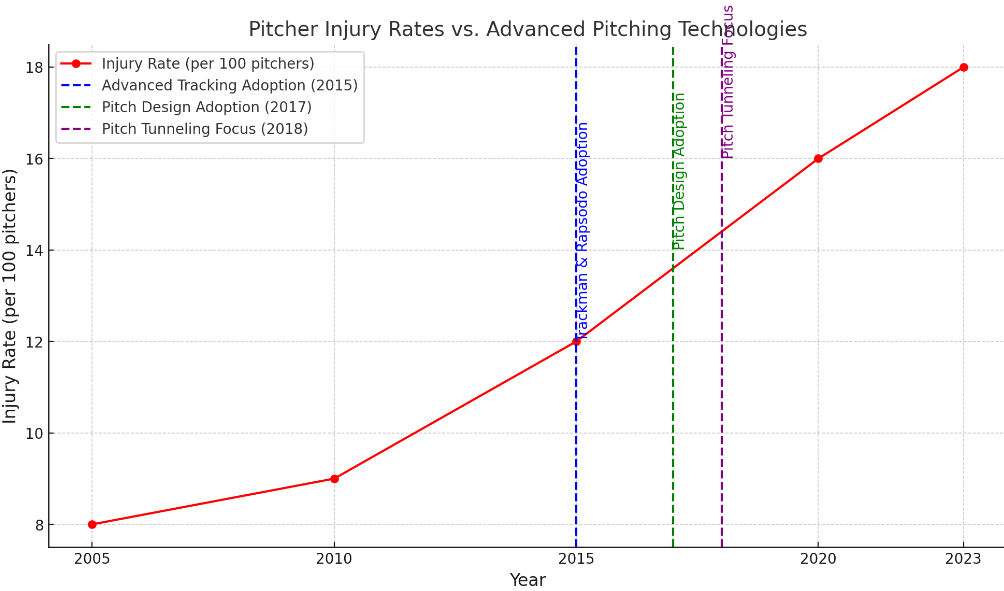
These injuries don’t just impact individual players; they ripple through entire organizations, affecting team performance and financial stability.
Why We Must Adapt
For decades, coaches, analysts, and biomechanical experts have sought to refine pitcher performance by focusing on technique adjustments, velocity gains, and pitch data optimization. While these efforts are well-intentioned, they often conflict with the pitcher’s natural movement patterns, creating a disconnect that places excessive strain on the body.
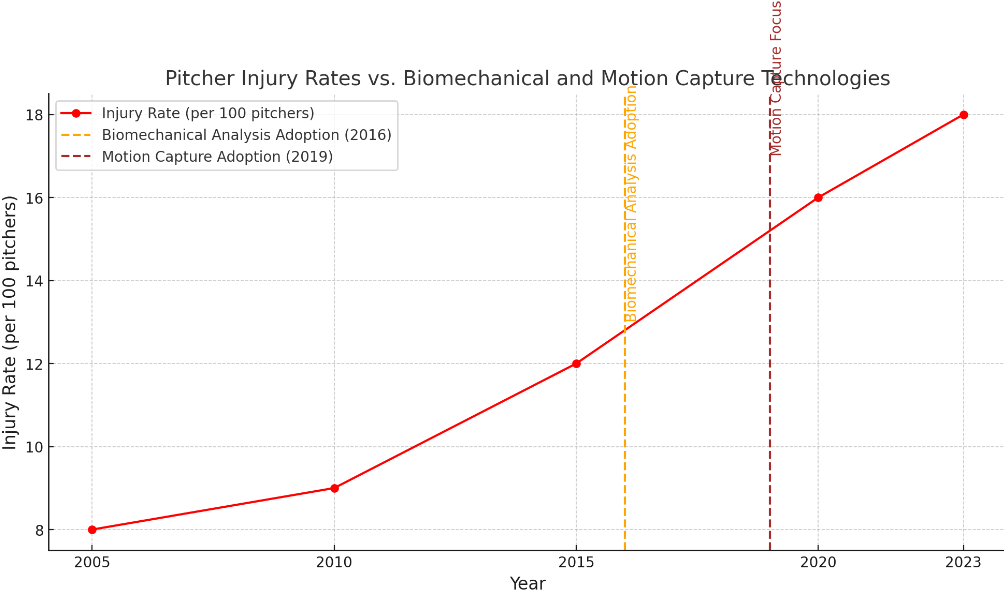
The surge in injuries is not a coincidence—it’s a warning sign. The current approach to pitching development is fundamentally flawed. It’s time to prioritize the unchangeable “ABSOLUTES” of body structure organization and spinal mobility in training and performance plans.
A Path Forward
Preventing injuries begins with understanding and respecting each athlete’s natural movement preferences.
By aligning training methods with these inherent traits, we can:
- Protect athletes from avoidable injuries.
- Enhance efficiency and energy use on the mound.
- Support longer, healthier, and more successful careers.
The data is clear: Athletes thrive when their training respects how their bodies are naturally designed to move. Conversely, injuries are all but guaranteed when those natural preferences are ignored.
The 2024 season has been another example of the current pitching injury pandemic—it’s time for a shift in how we approach pitching development. Only by respecting the natural individual motor preferences can we protect the future of our athletes and the game itself.
